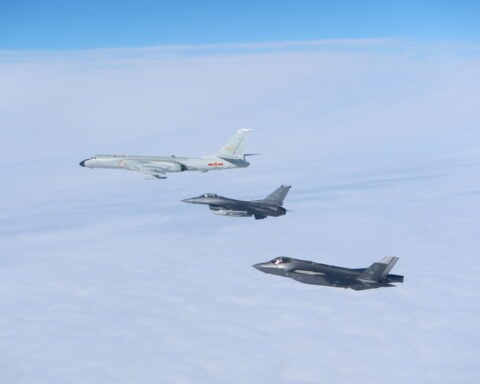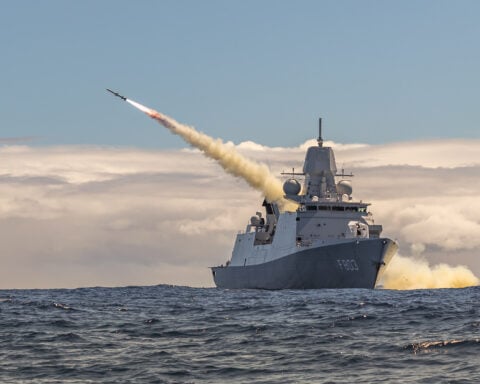The following is the July 28, 2022, Congressional Research Service report, Unmanned Aircraft Systems: Current and Potential Programs.
From the report
Since the dawn of military aviation, the U.S. military has been interested in remotely piloted aircraft. Present-day unmanned aircraft systems (UAS) typically consist of an unmanned aircraft vehicle (UAV) paired with a ground control station. UAS have become ubiquitous in U.S. military operations since the 1990s with the introduction of the MQ-1 Predator.
The U.S. military currently employs several different large UAS, including
- the Army’s MQ-1C Gray Eagle,
- the Air Force’s MQ-9 Reaper,
- the Navy’s MQ-25 Stingray,
- the Air Force’s RQ-4 Global Hawk,
- the Navy’s MQ-4C Triton, and
- the Air Force’s RQ-170 Sentinel.
In addition, several other reported programs are either in development or currently undergoing experimentation. These programs include the Air Force’s B-21 Raider and the Air Force’s RQ-180.
As Congress performs its oversight and authorization functions, it may consider several potential issues associated with UAS programs, including
- the cost of manned versus unmanned aircraft,
- a lack of acknowledged follow-on programs of record,
- the management of UAS acquisitions across the Department of Defense,
- the interoperation of UAS with existing force structure, and
- export controls of UAS abroad.
Download the document here.





